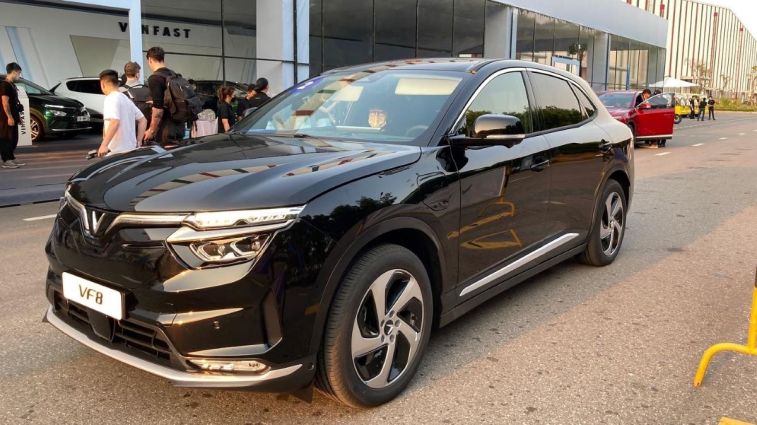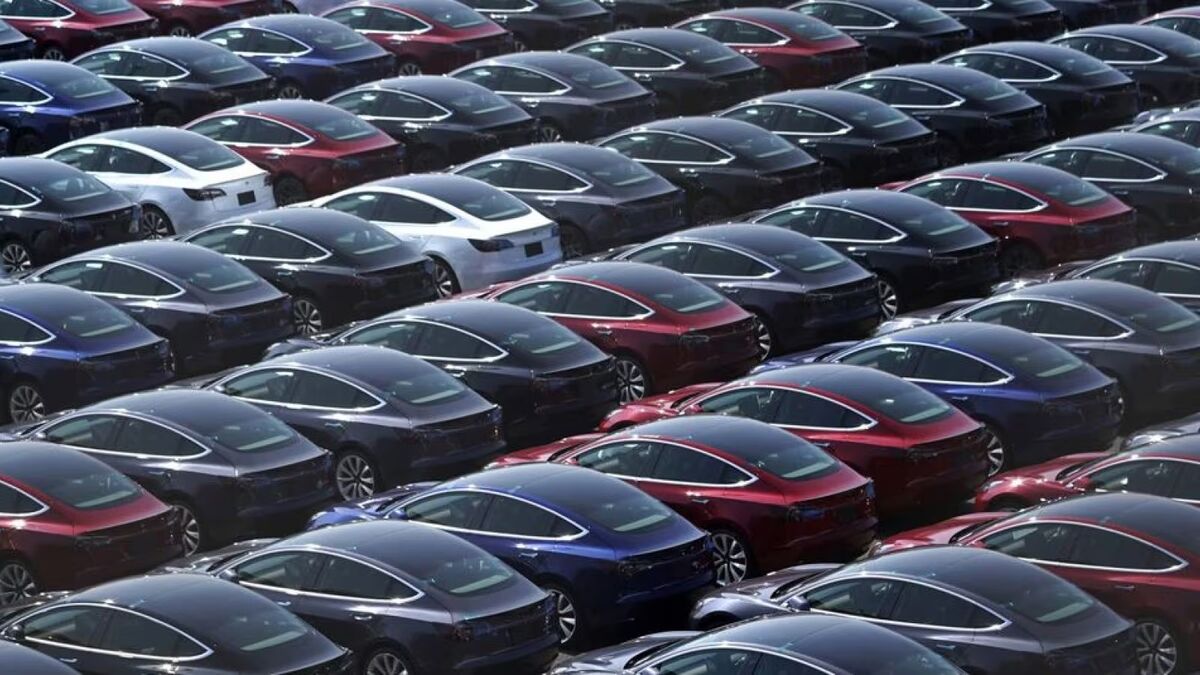
CNN: A Vietnamese Electric Carmaker Is Now Worth More Than Volkswagen and Ford
CNBC: Vietnamese EV Maker VinFast Is Now Worth More Than Ford And GM After Nasdaq Debut
Bloomberg: Vinfast $65 Billion Stock Debut Vaults It Past Ford, GM, At Least For A While
Is it true? Should you expect to see Vietnamese-built electric cars as ubiquitous as Fords in your neighborhood in a few years? Has a company you’ve probably never heard of just unseated Volkswagen as Earth’s largest automaker?
No. Not at all. But the dramatic headlines about VinFast’s debut on the Nasdaq stock exchange this week require a little unpacking.
What Is VinFast?
Founded in 2017, VinFast is the first Vietnamese car brand to market cars outside that country’s borders.
Related: What is VinFast? All About the New Vietnamese Automaker
It’s a subsidiary of Vingroup, Vietnam’s largest conglomerate, which does business in fields as varied as real estate and healthcare. If you enjoy your vacation at a Vingroup resort in Vietnam enough to stay, you can move into a Vinhomes-built apartment, study at a Vingroup university to launch your new career, and shop at Vingroup-owned grocery stores for your breakfast before class.
VinFast, its fledgling automaker arm, has been planning aggressive growth. It now has offices on five continents, with plans to sell vehicles on each.
That sales plan includes the United States, where VinFast is in the process of opening a handful of showrooms in Southern California.
The cars they sell are eventually to be built at a North Carolina factory.
What Are VinFast Cars Like?
VinFast is entering the U.S. market with two midsize SUVs — the 2-row VF 8 and 3-row VF 9. Vingroup didn’t get to be such a success without understanding markets. Midsize SUVs are America’s best-selling type of vehicle.
The VF 8 and VF 9 are all-electric. They’re quite attractive, with bodies pinned by famed Italian design studio Pininfarina – the sculptors behind historically beautiful cars from Ferrari, Alfa Romeo, and others.
But the early reviews of the cars have been embarrassing. Our Matt Degen traveled to Vietnam to test early prototypes and found the cars needed work before their debut. They didn’t get the work. Early reviews of the VF 8 were scathing. They cited everything from poor body control to unpredictable HVAC behavior.
How Much Will They Cost?
VinFast’s first models are available only in California. The VF 8 starts at $46,000. The VF 9 starts at $83,000.
This Doesn’t Sound Bigger Than Ford. Why Are People Saying It Is?
VinFast this week completed a two-part business deal that left it listed on the Nasdaq stock exchange.
Its stock price soared higher than expected. At one point, it had a market capitalization (roughly the total price of all shares of its stock) of about $85 billion – more than most automakers.
But market capitalization doesn’t tell you the value of a company’s products and properties. A company can have a high stock value because of hype but a fairly weak position in the market.
VinFast, according to TechCrunch, “delivered just 11,300 vehicles in the first half of 2023.” According to Kelley Blue Book data, Ford delivered more than 68,500 F-150 pickups alone last month.
Market capitalization is not real-world value.
How Did VinFast’s Market Cap Get So High?
VinFast went public thanks to a merger with something called a Special Purpose Acquisition Company (SPAC).
The Harvard Business Review explains, “A SPAC is a publicly traded corporation with a two-year life span formed with the sole purpose of effecting a merger, or ‘combination,’ with a privately held business to enable it to go public.” A SPAC raises money to buy a company, then merges with it.
Going public through a SPAC is much quicker than going public through a traditional initial public offering (IPO) of stock. It’s a great way to monetize ephemeral hype in a hurry. Hype that may or may not be justified.
In VinFast’s case, the company merged with a SPAC called Black Spade Acquisition. However, the Wall Street Journal explains, “More than 90% of the SPAC’s investors pulled their money out of the deal before it was completed, according to data provider SPAC Research. That left very few shares available for trading the last two days and set the stage for huge stock-price moves” because of very limited actual buying and selling.
Perhaps as little as 1% of the company was actually up for sale. CNN notes, “VinFast is still 99% owned by Vietnam’s richest man, Pham Nhat Vuong, through shares held by his other company Vingroup and other business entities, according to a regulatory filing.”
So, Is It All Smoke and Mirrors?
Not necessarily. The automotive industry is one of the hardest businesses to break into because of the huge capital expenditures required to reach critical mass. Starting up a new automaker requires outsized outlays of cash and years of losses. If it works, it can result in outsized profits.
A spate of new startup electric car makers are all following a challenging business model that requires them to lose money to grow. They hope to grow so big that they’re large enough to profit handsomely in a hurry once they finally make a dime.
If it sounds familiar, it should. It’s the business model that built Amazon. More relevant to VinFast, it’s the business model that built Tesla. Tesla had its first profitable quarter selling cars in its 18th year in business.
Many industry analysts believe a culling of EV startups is coming over the next few years, as many companies fail to pull off the trick. Already, startup Lordstown Motors has declared bankruptcy despite a product that got attention from some major automotive awards.
Others may be on shaky foundations. Rival Fisker, unveiling several new products last week, cautioned that a financial arrangement with tech giant Foxconn is not as final as previously stated.
VinFast has something companies like Lordstown and Fisker don’t – very deep pockets.
Yes, its initial products have been poorly received. And its stock debut produced wild headlines mostly because of an accounting trick.
But it has the financial backing of a massive, successful conglomerate. That gives it a lot of runway to fix mistakes in the products and, like Tesla, lose money until it makes money.
VinFast could well be one of the survivors of the new round of EV startups. But it isn’t bigger than Ford or Volkswagen. It likely won’t be for many years, if ever. But we can’t count it out, given its resources.







